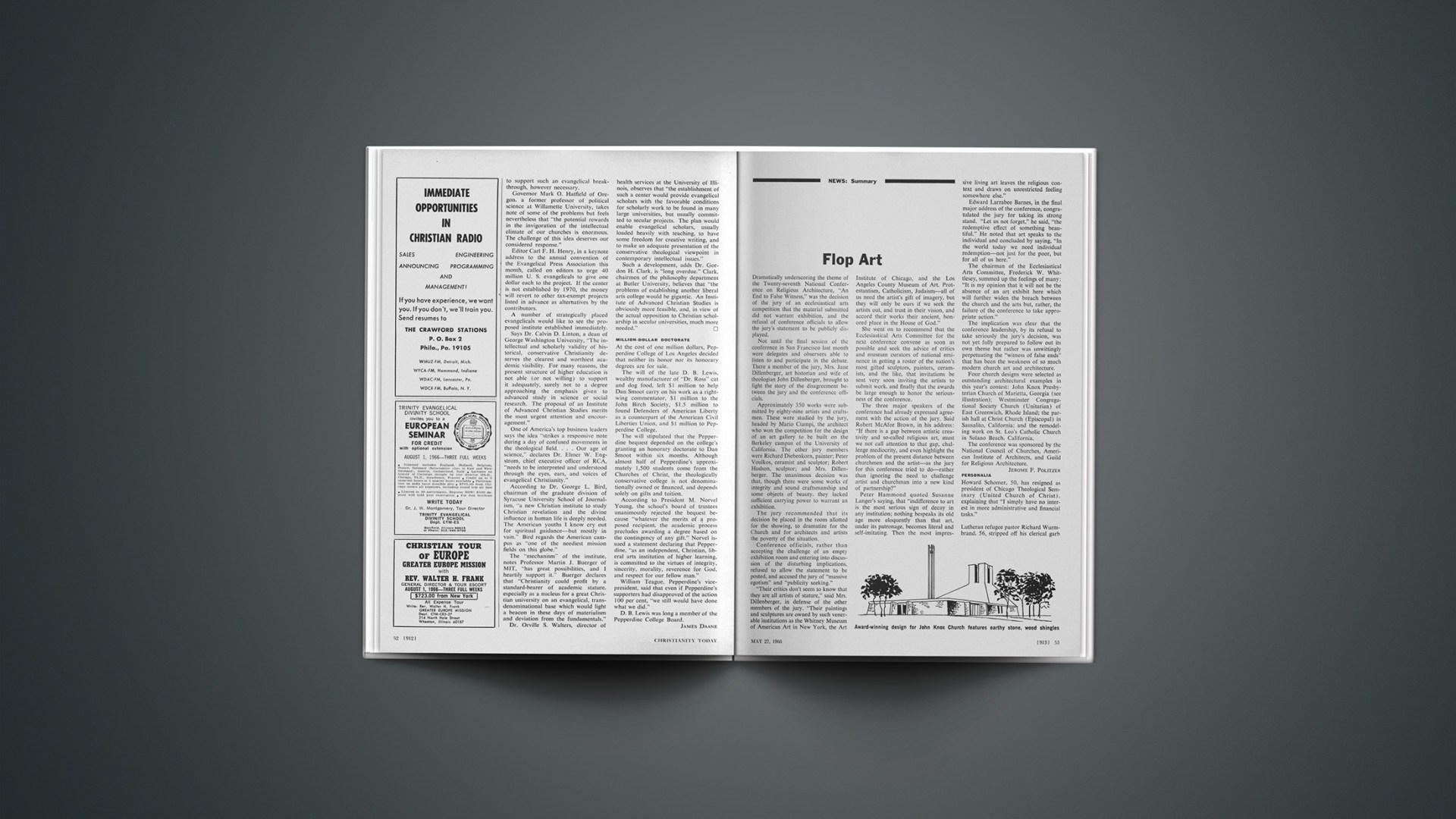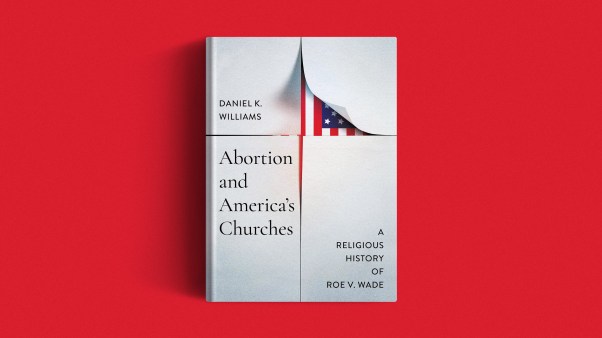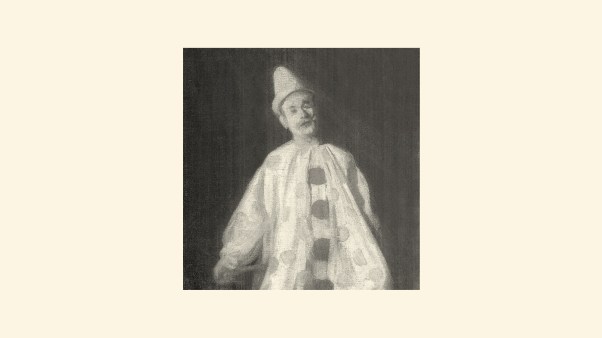Dramatically underscoring the theme of the Twenty-seventh National Conference on Religious Architecture, “An End to False Witness,” was the decision of the jury of an ecclesiastical arts competition that the material submitted did not warrant exhibition, and the refusal of conference officials to allow the jury’s statement to be publicly displayed.
Not until the final session of the conference in San Francisco last month were delegates and observers able to listen to and participate in the debate. There a member of the jury, Mrs. Jane Dillenberger, art historian and wife of theologian John Dillenberger, brought to light the story of the disagreement between the jury and the conference officials.
Approximately 350 works were submitted by eighty-nine artists and craftsmen. These were studied by the jury, headed by Mario Ciampi, the architect who won the competition for the design of an art gallery to be built on the Berkeley campus of the University of California. The other jury members were Richard Diebenkorn, painter; Peter Voulkos, ceramist and sculptor; Robert Hudson, sculptor; and Mrs. Dillenberger. The unanimous decision was that, though there were some works of integrity and sound craftsmanship and some objects of beauty, they lacked sufficient carrying power to warrant an exhibition.
The jury recommended that its decision be placed in the room allotted for the showing, to dramatize for the Church and for architects and artists the poverty of the situation.
Conference officials, rather than accepting the challenge of an empty exhibition room and entering into discussion of the disturbing implications, refused to allow the statement to be posted, and accused the jury of “massive egotism” and “publicity seeking.”
“Their critics don’t seem to know that they are all artists of stature,” said Mrs. Dillenberger, in defense of the other members of the jury. “Their paintings and sculptures are owned by such venerable institutions as the Whitney Museum of American Art in New York, the Art Institute of Chicago, and the Los Angeles County Museum of Art. Protestantism, Catholicism, Judaism—all of us need the artist’s gift of imagery, but they will only be ours if we seek the artists out, and trust in their vision, and accord their works their ancient, honored place in the House of God.”
She went on to recommend that the Ecclesiastical Arts Committee for the next conference convene as soon as possible and seek the advice of critics and museum curators of national eminence in getting a roster of the nation’s most gifted sculptors, painters, ceramists, and the like, that invitations be sent very soon inviting the artists to submit work, and finally that the awards be large enough to honor the seriousness of the conference.
The three major speakers of the conference had already expressed agreement with the action of the jury. Said Robert McAfee Brown, in his address: “If there is a gap between artistic creativity and so-called religious art, must we not call attention to that gap, challenge mediocrity, and even highlight the problem of the present distance between churchmen and the artist—as the jury for this conference tried to do—rather than ignoring the need to challenge artist and churchman into a new kind of partnership?”
Peter Hammond quoted Susanne Langer’s saying, that “indifference to art is the most serious sign of decay in any institution; nothing bespeaks its old age more eloquently than that art, under its patronage, becomes literal and self-imitating. Then the most impressive living art leaves the religious context and draws on unrestricted feeling somewhere else.”
Edward Larrabee Barnes, in the final major address of the conference, congratulated the jury for taking its strong stand. “Let us not forget,” he said, “the redemptive effect of something beautiful.” He noted that art speaks to the individual and concluded by saying, “In the world today we need individual redemption—not just for the poor, but for all of us here.”
The chairman of the Ecclesiastical Arts Committee, Frederick W. Whittlesey, summed up the feelings of many: “It is my opinion that it will not be the absence of an art exhibit here which will further widen the breach between the church and the arts but, rather, the failure of the conference to take appropriate action.”
The implication was clear that the conference leadership, by its refusal to take seriously the jury’s decision, was not yet fully prepared to follow out its own theme but rather was unwittingly perpetuating the “witness of false ends” that has been the weakness of so much modern church art and architecture.
Four church designs were selected as outstanding architectural examples in this year’s contest: John Knox Presbyterian Church of Marietta, Georgia (see illustration); Westminster Congregational Society Church (Unitarian) of East Greenwich, Rhode Island; the parish hall at Christ Church (Episcopal) in Sausalito, California; and the remodeling work on St. Leo’s Catholic Church in Solano Beach, California.
The conference was sponsored by the National Council of Churches, American Institute of Architects, and Guild for Religious Architecture.
Personalia
Howard Schomer, 50, has resigned as president of Chicago Theological Seminary (United Church of Christ), explaining that “I simply have no interest in more administrative and financial tasks.”
Lutheran refugee pastor Richard Wurmbrand, 56, stripped off his clerical garb to the waist at a Senate subcommittee hearing to show scars he said were inflicted by secret police in Romania who sought “accusatory statements” against church leaders.
President Johnson presented Billy Graham the Big Brother of the Year award for “notable love for the children of the world” and emphasis on brotherhood and character development in his evangelism. Graham is the first Protestant churchman to receive the annual award.
Franklin H. Littell, noted Methodist church historian and professor at Chicago Theological Seminary, will be the new president of Iowa Wesleyan College.
Donald C. Bolles, former promotion director of the Episcopalian, will coordinate the new Partnership Plan for sharing diocesan income with the national Episcopal Church.
Charles T. Leber, Jr., urban mission strategist in New York City, is new chairman of “interpretation strategy” of the United Presbyterian Board of National Missions.
Judith Phillips, 25, daughter of Church of England Bishop John Phillips of Portsmouth, plans to marry a Roman Catholic. The marriage reportedly was discussed by Pope Paul and the Archbishop of Canterbury during their April meeting. Dual wedding services will be held if the Vatican approves.
Miscellany
Anglican Bishop Robert Neil Russell, 60, reports authorities in Zanzibar threw him out of the country on forty-eight hours’ notice, without giving any reason. Russell had sparred with officials on new laws on interreligious marriage.
‘Censoriousness’
Paul S. Rees of World Vision this month told 125 editors of Evangelical Press Association that he deplored “injudicious censoriousness” in the recently passed Wheaton Declaration (see previous issue, page 48). The declaration’s treatment of the ecumenical movement, he said, sometimes uses “critique by shotgun rather than by rifle.” At the EPA convention at Disneyland, California, Cable, the bimonthly of Overseas Crusades Inc., was named Periodical of the Year.
The president of Sudan’s largest political party, Sayed Sadiq al-Mahdi, proposed in a letter to Pope Paul that Christianity and Islam carry out missionary work among pagans throughout Africa on a “coexistence” basis. The Muslim politician said paganism is “the common enemy” of both faiths.
Synod delegates of the Evangelical Church of Cameroun asked churches in France and Switzerland to continue sending missionaries despite the murder of two of them there last August.
Translators working on the Old Testament and Apocrypha for the New English Bible report they will be finished by 1970 as planned.
East Germany’s State Secretary Hans Seigewasser plans to visit the Lutheran World Federation’s Geneva headquarters to plan LWF’s assembly scheduled for 1969 in Weimar, in the Soviet Zone. He will also visit World Council of Churches leaders and theologian Karl Barth.
Wisconsin Evangelical Lutheran Synod has withdrawn from its 70-year-old joint social work with the Lutheran Church—Missouri Synod in Wisconsin because of their doctrinal dispute.
The North Carolina Synod of the Lutheran Church in America wants the state legislature to amend a law that requires clergymen to give court testimony on confidential discussions.
The once-Methodist University of Southern California this fall unites undergraduate and graduate religion courses in a School of Religion.
Boston’s Park Street Church raised $274,416 for missions in its annual one-day fund-raising drive. The 2,200-member Congregational church backs nearly 100 missionaries and many institutions.
Massachusetts Governor Volpe signed the bill to end curbs on disseminating birth-control information and devices.
California’s Supreme Court threw out “Proposition 14,” which passed 2 to 1 in a 1964 referendum despite strong church opposition. The proposition forbade the state to interfere with sale or rental of housing, even if discriminatory.
Deaths
LUTHER A. GOTWALD, 67, former missionary to India, head of the United Lutheran Church missions board, and executive secretary of the National Council of Churches’ missions division; in New York City.
JOSIAH K. LILLY, 72, pharmaceutical manufacturer, Episcopal layman, and president of Lilly Endowment Inc., which annually gives about $1.5 million to religious causes; in Indianapolis.










